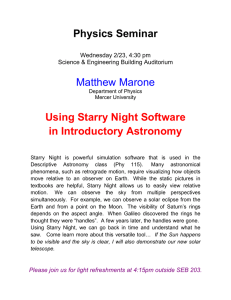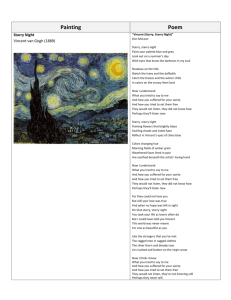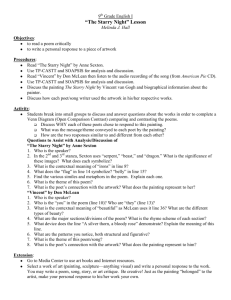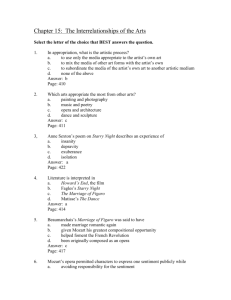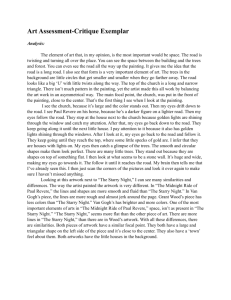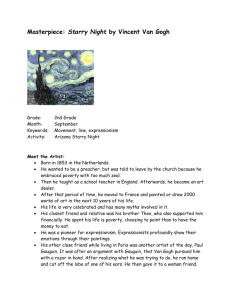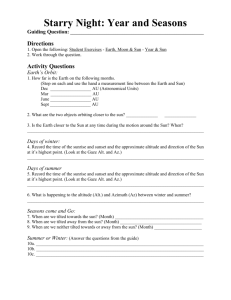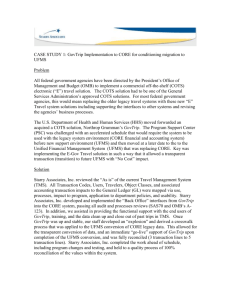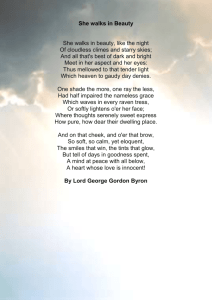Arkansas U. S. Curriculum Correlations by State
advertisement
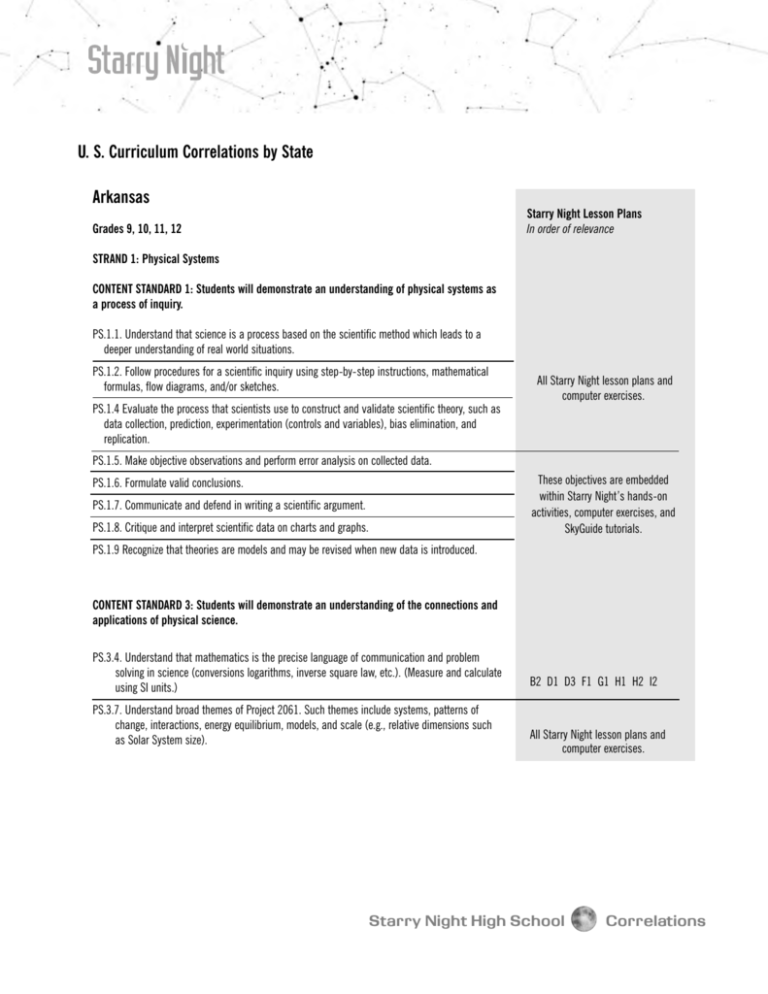
U. S. Curriculum Correlations by State Arkansas Starry Night Lesson Plans In order of relevance Grades 9, 10, 11, 12 STRAND 1: Physical Systems CONTENT STANDARD 1: Students will demonstrate an understanding of physical systems as a process of inquiry. PS.1.1. Understand that science is a process based on the scientific method which leads to a deeper understanding of real world situations. PS.1.2. Follow procedures for a scientific inquiry using step-by-step instructions, mathematical formulas, flow diagrams, and/or sketches. All Starry Night lesson plans and computer exercises. PS.1.4 Evaluate the process that scientists use to construct and validate scientific theory, such as data collection, prediction, experimentation (controls and variables), bias elimination, and replication. PS.1.5. Make objective observations and perform error analysis on collected data. These objectives are embedded within Starry Night’s hands-on activities, computer exercises, and SkyGuide tutorials. PS.1.6. Formulate valid conclusions. PS.1.7. Communicate and defend in writing a scientific argument. PS.1.8. Critique and interpret scientific data on charts and graphs. PS.1.9 Recognize that theories are models and may be revised when new data is introduced. CONTENT STANDARD 3: Students will demonstrate an understanding of the connections and applications of physical science. PS.3.4. Understand that mathematics is the precise language of communication and problem solving in science (conversions logarithms, inverse square law, etc.). (Measure and calculate using SI units.) PS.3.7. Understand broad themes of Project 2061. Such themes include systems, patterns of change, interactions, energy equilibrium, models, and scale (e.g., relative dimensions such as Solar System size). B2 D1 D3 F1 G1 H1 H2 I2 All Starry Night lesson plans and computer exercises. Starry Night High School Correlations U. S. Curriculum Correlations by State Arkansas Continued Starry Night Lesson Plans In order of relevance STRAND 3: Earth/Space Systems CONTENT STANDARD 1: Students will demonstrate an understanding of the inquiry process through the study of Earth and space systems. ES.1.1. Understand that science is a process based on the scientific method which leads to a deeper understanding of real world situations. ES.1.2. Follow procedures for a scientific inquiry using step-by-step instructions, mathematical formulas, flow diagrams, and/or sketches. All Starry Night lesson plans and computer exercises. ES.1.4 Evaluate the process that scientists use to construct and validate scientific theory, such as data collection, prediction, experimentation (controls and variables), bias elimination, and replication. ES.1.5. Make objective observations and perform error analysis on collected data. ES.1.6. Formulate valid conclusions. ES.1.7. Communicate and defend in writing a scientific argument. These objectives are embedded within Starry Night’s hands-on activities, computer exercises, and SkyGuide tutorials. ES.1.8. Critique and interpret scientific data on charts and graphs. ES.1.9 Recognize that theories are models and may be revised when new data is introduced. CONTENT STANDARD 2: Students will explore, demonstrate, communicate, apply and evaluate knowledge of the properties of Earth and space systems. ES2.1. Evaluate the historical and multicultural contributions to the scientific body of knowledge in the Earth and space sciences. Topics may include expanding Universe, plate tectonics, composition of the Earth and stars, and geologic time; and works of Galileo, Copernicus, Kepler, and Wegener. Included in the introduction and objectives of Starry Night lesson plans, computer exercises, and SkyGuide tutorials. ES.2.2. Understand that the Sun is the source of energy for the Solar System. F1 F2 F3 C1 ES.2.13. Compare Earth’s Sun to other stars in size, mass, temperature, energy source, position on HR diagram, and stages in a star’s existence. G2 G1 ES.2.14. Locate common constellations. E1 E2 E3 ES.2.15 Describe the organization of the known Universe (Solar System, galaxy, cluster, supercluster). B1 B2 C1 C3 G1 H1 H2 ES.2.16. Analyze the impact of modern technology on the study of the Earth and Universe (telescopes, space probes, robotic arms, weather satellites, Doppler radar, sonar, seismographs). I1 I2 Starry Night High School Correlations U. S. Curriculum Correlations by State Arkansas Continued Starry Night Lesson Plans In order of relevance CONTENT STANDARD 3: Students will demonstrate an understanding of the connections and applications of Earth/Space Systems. ES.3.1. Analyze the role science plays in every day life and compare different careers in the Earth/Space sciences. Section 1 Page 9 ES.3.4. Understand that mathematics is the precise language of communication and problem solving in science. B2 D1 D3 F1 G1 H1 H2 I2 ES.3.5. Apply technology as an appropriate tool for solving problems (electronic balances, computers, digital cameras, pH meters, spectrophotometers, telescopes, and barometers, etc.). All Starry Night computer exercises. ES3.7. Understand the broad themes of Project 2061. Such themes include systems, patterns of change, interactions, energy equilibrium, models, and scale (relative dimensions of the Solar System size). All Starry Night lesson plans and computer exercises. Starry Night High School Correlations
